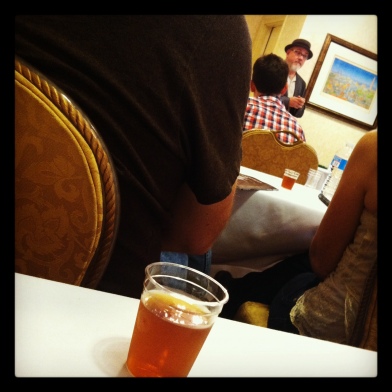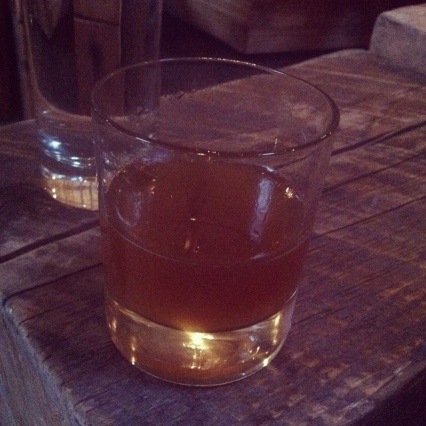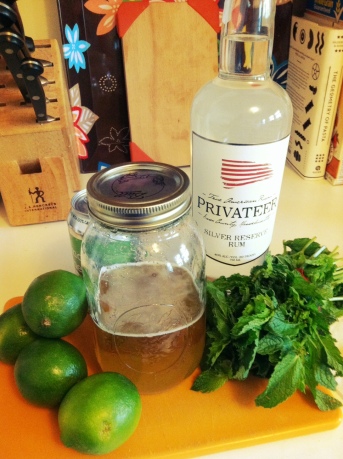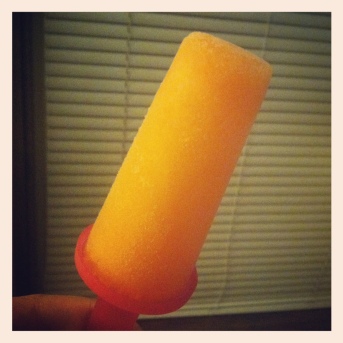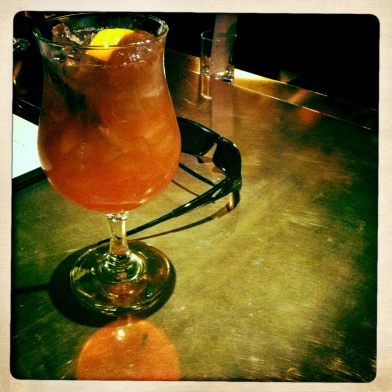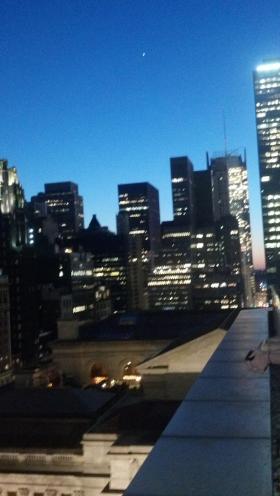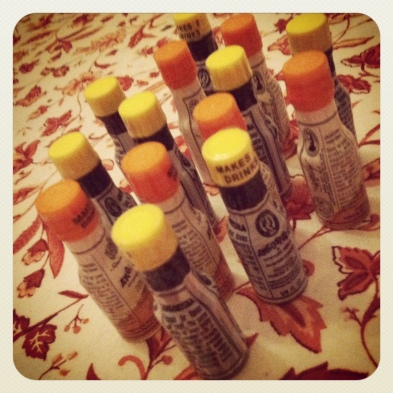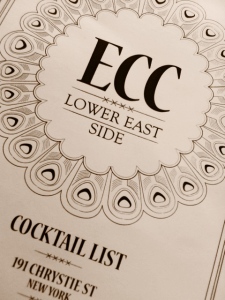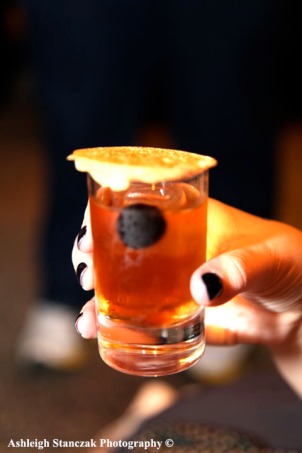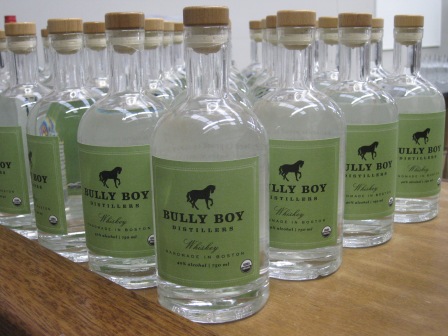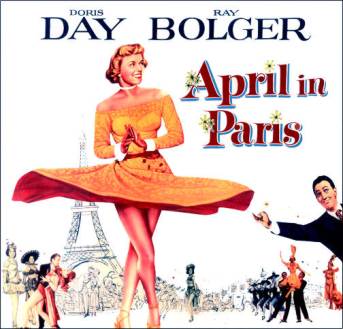This past October 4-6, 2012, the Boston Cocktail Summit celebrated the outstanding cocktail scene here. I’ve already posted about Manhattans with Brother Cleve but there were lots of other sessions, cocktails and tidbits that are worth sharing, almost too many. Here’s a round-up of some highlights.
Led by Jackson Cannon, the folks at Eastern Standard, Hawthorne and Island Creek shared the secrets of their delicious Rosé vermouth and taught me how to do it myself. The session started with comparative tasting: Martini & Rossi’s rosé vermouth versus ES’s version. There is no comparison—the Boston-made vermouth is rich, sweet, herbally and bitter all at the same time. It tastes like a strawberry jam full of herbs, and I totally mean that in a good way. Wow. The seminar continued with Kevin Martin demonstrating how to make this delicious vermouth (I think I might be over my fear of making caramel), while we sipped cocktails and heard more about the process and ingredient variations. I went home with their vermouth recipes and a spice packet of ES’s own blend, so I can now make my own rosé vermouth (I’ll report back on how things go when I try it out).
Of the six whiskeys I tasted at a Whiskey and the Bar seminar at Citizen, Parker’s Heritage 6th edition Bourbon was my favorite. I might even go as far as to say that it was the most delicious thing I drank over the course of 3 days at the Cocktail Summit. This is Heaven Hill Distilleries 6th edition in their Heritage Collection series. This annual series of rare, aged American Whiskeys honors 6th generation Master Distiller Parker Beam. My mouth was just giddy with the thick caramelly flavor that mingles so nicely with the bold spice of the rye. And at just under 132 proof this bourbon packs a punch.
What we “taste” isn’t always just what we taste. In Science of Taste seminar, neuroscientist Don Katz (Brandeis) explained that smell, perception, genetics and our brain greatly affect taste. The focus of the seminar was the competing tastes of sweet and bitter. Sweet = good. Bitter = bad. We have our caveman ancestors to thank for this unfair association of these two types of flavors. Biologically-speaking, bitter is the taste of poison; it’s the sign of non-healthy food. Sweet, on the other hand, is a sign that a food is ripe, fresh and full of calories. When life was all about survival, you definitely wanted the sweet foods more than the bitter ones. One very interesting bit to add to this battle of tastes, is that if you add a little sweet to your bitter, the bitter becomes more desirable, we longer biologically perceive it as bad. Our drink of choice to demonstrate this effect was the Problem-Solver which combined rye, Cheering Herring, Benedictine and a rinse of Fernet Branca.
Ladies Choice: Women Behind the Bar—The Boston and New York chapters of LUPEC united to take us on a journey through cocktail, and in turn American, history g with a focus on the female gender. One of the many interesting women I learned about was Ada Coleman. She was head bartender at the famous American Bar at the Savoy Hotel in London, when American Harry Craddock arrived there in the 1920s (he was escaping Prohibition). He apprenticed under Coleman, who invented many of the classic recipes Craddock would feature in his The Savoy Cocktail Book. Amongst the many drinks Coleman created was the Hanky Panky. We sipped one made by Boston’s own Hanky Panky, aka Misty Kalkofen; that’s equal parts gin and sweet vermouth with a dash of Fernet.
To Boston’s first Cocktail Summit. Cheers!



